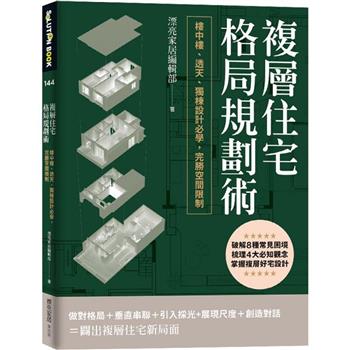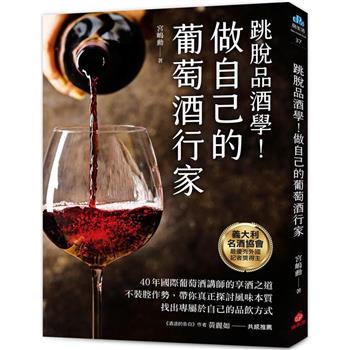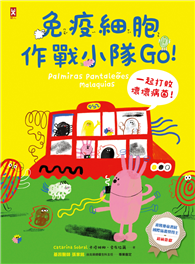An Athletic Trainer’s Guide to Sports Nutrition fills the void of a subject area that is underrepresented in current athletic trainer curriculums despite its importance in the field.
Damon Amato has created a text that can be easily read and understood by health care professionals yet is in-depth enough to create a solid understanding of how the body works, and easy enough to then pass on the information to athletes to help them eat ideally based on their specific sport, goal, and situation.
Giving a physiology background is necessary to lay the foundation for understanding why certain recommendations in the text are given; however, only the necessary details are included to focus on what is pertinent for athletic trainers to understand while advising athletes.
Some topics covered inside include:
An Athletic Trainer’s Guide to Sports Nutrition gives athletic training clinicians and students the information and tools necessary to aid athletes in maintaining peak performance in nutrition, and fills the void left in the current athletic training curriculum.
Damon Amato has created a text that can be easily read and understood by health care professionals yet is in-depth enough to create a solid understanding of how the body works, and easy enough to then pass on the information to athletes to help them eat ideally based on their specific sport, goal, and situation.
Giving a physiology background is necessary to lay the foundation for understanding why certain recommendations in the text are given; however, only the necessary details are included to focus on what is pertinent for athletic trainers to understand while advising athletes.
Some topics covered inside include:
- Basics of human nutrition
- Disordered eating and eating disorders in athletes
- Supplements
- Eating optimally for injury recovery
- Nutrient timing
- Special situations
An Athletic Trainer’s Guide to Sports Nutrition gives athletic training clinicians and students the information and tools necessary to aid athletes in maintaining peak performance in nutrition, and fills the void left in the current athletic training curriculum.












